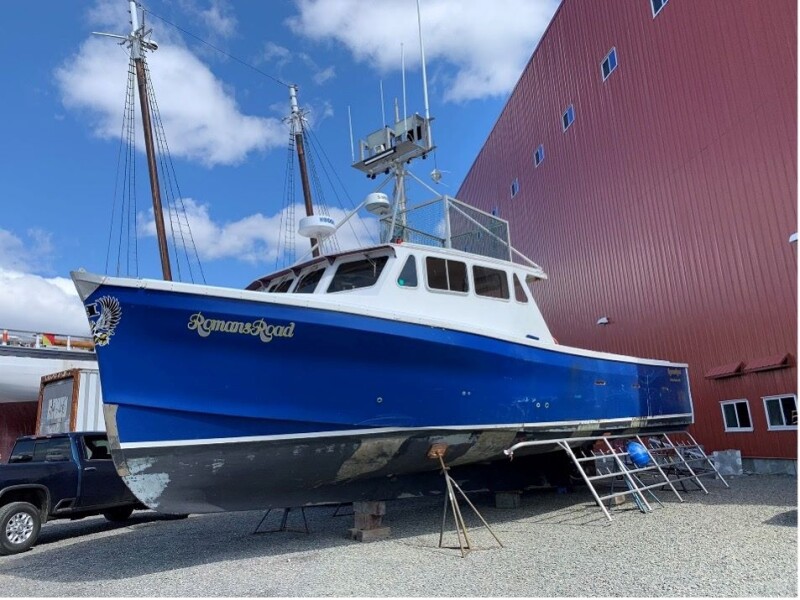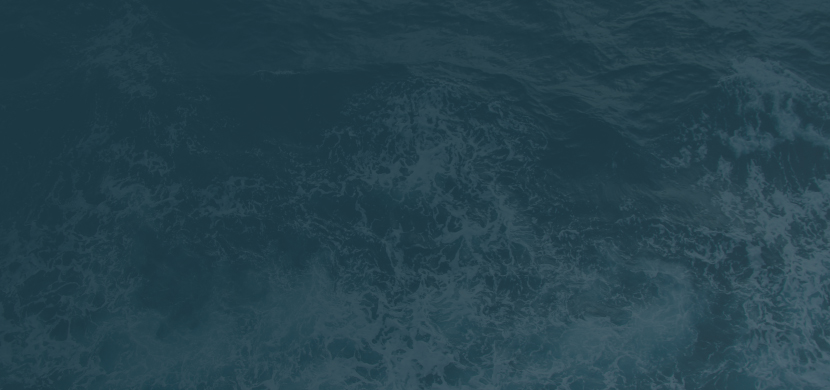August 6, 2024
Maine program drives cleaner engine upgrades for fishermen

Of the 180 vessels that were repowered with support from The Maine Clean Marine Engine Program, the vast majority have been lobster boats and other fishing vessels. Photo by Maine DEP
State and Federal programs have helped hundreds of fishermen upgrade to Tier III engines. Lynne Cayting, Mobile Sources Section Chief at Maine’s Department of Environmental Protection (DEP), has been helping fishermen and other vessel operators in Maine repower with more environmentally friendly engines since 2009. “Since the Maine Clean Marine Engine Program started, we’ve helped put new engines in hundreds of lobster boats,” says Cayting, referring to the federally funded DERA (Diesel…

You've caught the limit!
Free membership gives you access to:
- Unrestricted access to all NationalFisherman.com articles.
- Receive in-depth reports and research on various topics related to the fishing industry.
- Up-to-date news updates from the fishing industry delivered directly to your inbox twice a week.






